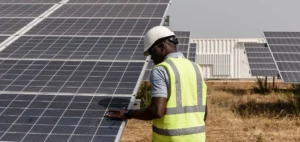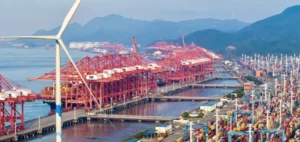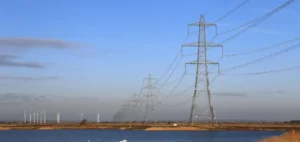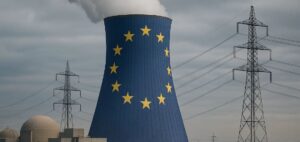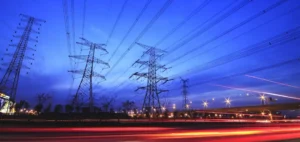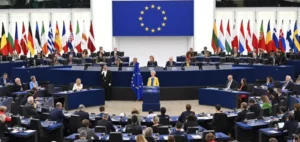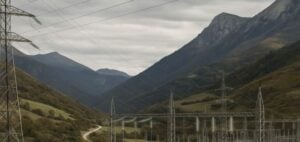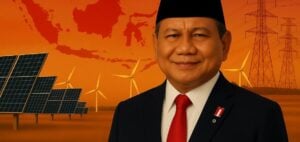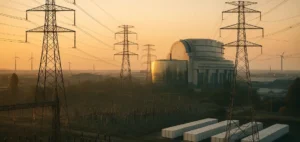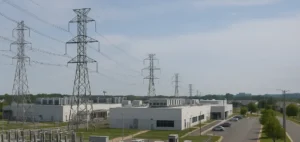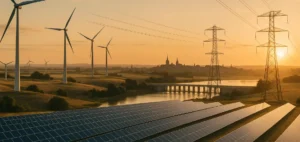Ireland’s fast-growing data processing sector now accounts for a significant proportion of the country’s electricity consumption, exceeding that of urban households for the first time.
Recent data from Ireland’s National Statistics Agency reveals that these energy-hungry facilities will account for 21% of total electricity consumption in 2023, up from just 5% in 2015.
This surge in energy consumption by data infrastructures raises questions about the ability of the electricity grid to meet rapidly growing demand.
In addition to data centers, Ireland is also seeing an increasing number of renewable energy projects on its soil, such as Neoen’s two solar projects and EDF’s installation of 3 solar farms.
Rapid rise in consumption
Ireland is establishing itself as a nerve center for data storage infrastructures, attracting multinationals such as Google, Meta, Amazon and TikTok.
With over 80 facilities spread across the territory, these entities are crucial to the processing and storage of information on a global scale.
By 2023, the electricity consumption of these infrastructures will exceed that of urban households, which accounts for 18% of the country’s total consumption.
Rural homes account for 10% of national energy demand.
Power grid pressures and forecasts
This growing demand is putting considerable pressure on the Irish electricity grid.
Eirgrid, Ireland’s electricity grid operator, warns of “electricity supply challenges” ahead, exacerbated by increased demand from data infrastructures and large energy users.
According to forecasts by the International Energy Agency, consumption by these facilities could reach almost 30% by 2028, putting further strain on the country’s energy infrastructure.
Answers to energy challenges
To manage this growing demand, various initiatives are being implemented to improve energy efficiency and develop sustainable solutions.
Major technology companies are investing in green technologies to minimize their carbon footprint.
For example, Google and Amazon are committed to powering their infrastructures with renewable energy.
At the same time, the Irish government is exploring strategies to strengthen the energy infrastructure to ensure a reliable and sustainable supply.
The rapid increase in electricity consumption by data storage infrastructures in Ireland presents major challenges for the electricity grid.
With projections indicating a 30% increase in consumption by 2028, managing this demand is becoming crucial.
Energy efficiency strategies and investment in renewable energies will be key to balancing technological growth and future energy needs.


